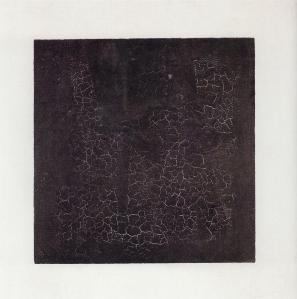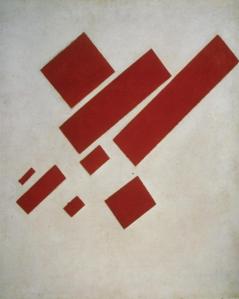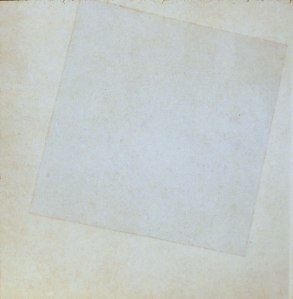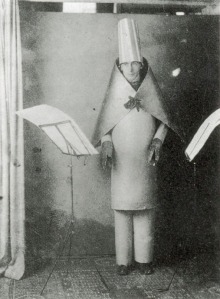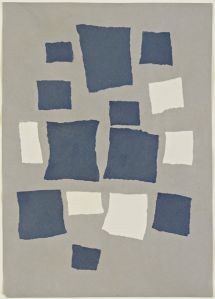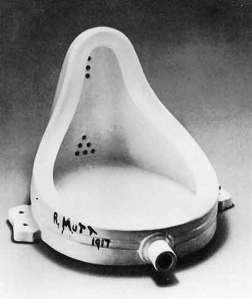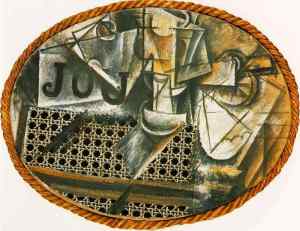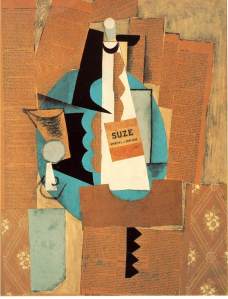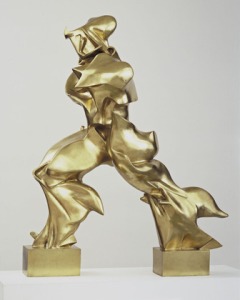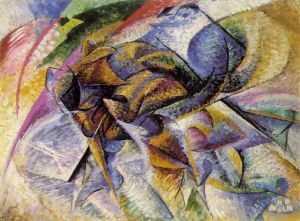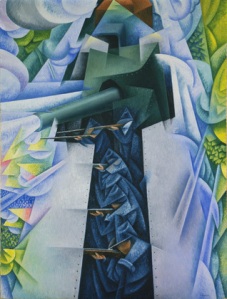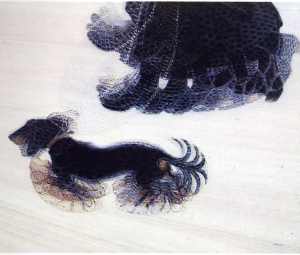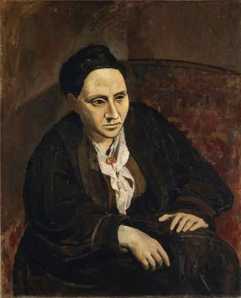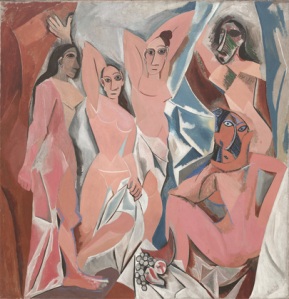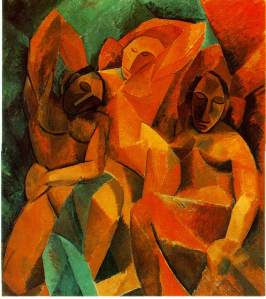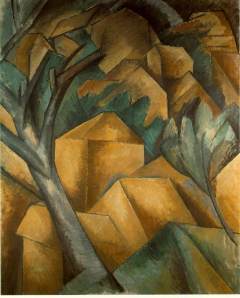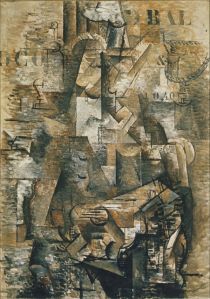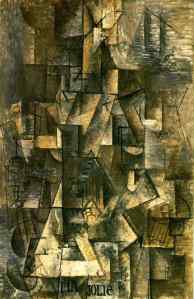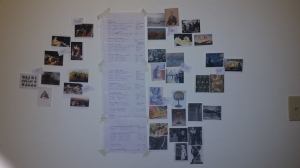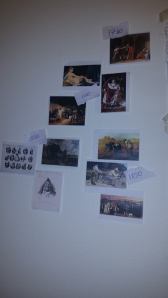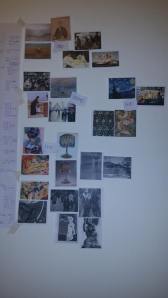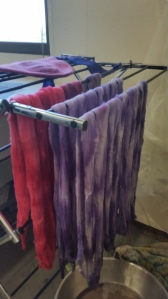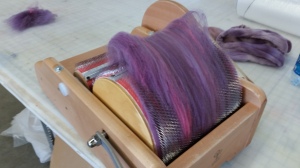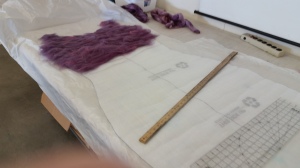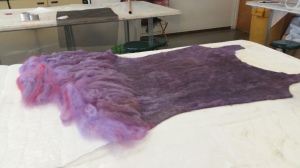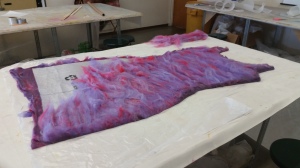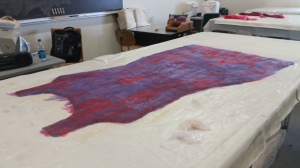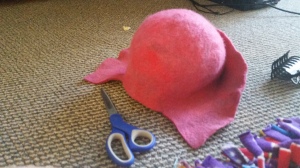- avant-garde: before-guard: Maverick form, very new, explore new territory
- Art could be self-sufficient, doesn’t need to refer to real world
- constructs elemental form: colour and shape
- Not contaminated by representation
- Empty void on painted surface
- Square could be considered as zero form: 0.10 exhibition
- Hung across a corner: Replacing religious icon
- Rough edge. Not pristine. Not hiding that it is painted.
- White showing through underneath
- Not exactly parallel
- Weighted. Slipping down.
- tension between figures and white background. Oscillate back and forth.
- Tension on right hand side: puncture edge
- simple rectangular forms.
- Pure form, pure colour, pure shape
- Post dates Russian Revolution. Over through of the Tsar.
- Ideal form for revolution. Culture and art wanting to start over from zero.
- Square on square. Foreground: titled, different shade of white.
- No pure white. Texture.
- Freeing art from need of representing world
- Begins in a restaurant.
- Neutral country. Artists collect there. (Also in NY)
- Ger: Reacting to atrocity of the war
- Performance, collage
- Personal protest against what happened in the war
- Nihilism
- Garments worn by religious figures
- Cardboard: blue shiny
- Seemingly non-sensicle
- Attempt to destroy language
- Cadence to piano playing. Sinister.
- Men robotic. Women fluid.
- Pieces dropped onto background
- Imbalance to the work. Unevenly spaced.
- Ready-mades. Common found object. Selects for use in art.
- Non-functional machine. Strips objects of utilitarian function.
- Take away everyday value but giving new meaning
- Paid the entrance fee of $6 ($128 today due to inflation), under pseudonym R.Mutt. The exhibition would put anything on display. Duchamp was on the panel, when reject Duchamp resigns. Writes in “The Blind Man” in defence of R.Mutt.
- Mott – plumbing company. Buys urinal from them.
- More feminine. Softened. Curvilinear lines. Issues of gender.
- Ironic title
